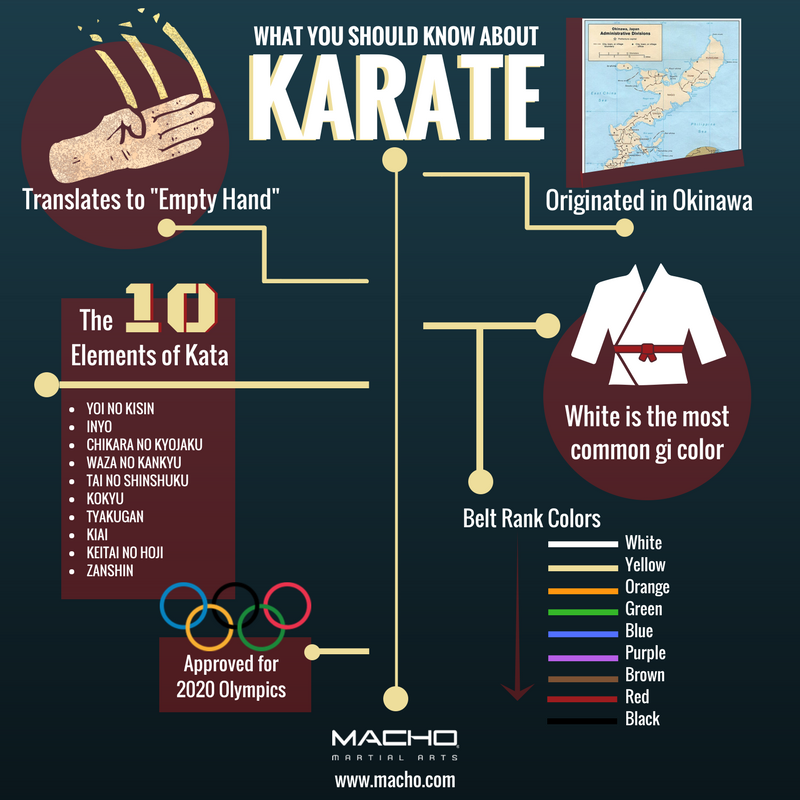The History And Development Of Martial Arts Around The Globe
The History And Development Of Martial Arts Around The Globe
Blog Article
Content Develop By-Mortensen Fallon
Martial arts have a fascinating background that covers centuries and continents. You might find it appealing how ancient techniques like Shuai Jiao and Kalaripayattu laid the groundwork for contemporary battle strategies. These self-controls not only highlight physical abilities but also show the cultures that birthed them. As you discover their advancement, take into consideration how globalization has changed these conventional kinds into hybrid styles. What influences do you think have formed today's martial arts landscape?
Ancient Martial arts: The Foundations of Battle
As you explore the world of ancient martial arts, you'll discover the abundant structures that formed combat methods throughout cultures. Very early practices focused on Self-Defense and survival, frequently incorporating strikes, grappling, and weaponry.
In old China, as an example, strategies like Shuai Jiao emphasized throws and joint locks, while India's Kalaripayattu showcased dexterity and liquid activity. Japanese samurai created Kenjutsu, a refined swordsmanship that highlighted technique and method.
These martial arts offered not just for fight however also as a way of personal development, instilling values like regard and perseverance. The blending of these techniques in time prepared for the varied martial arts you see today, each mirroring the unique approaches and requirements of its society.
The Cultural Influence on Martial Arts Growth
While martial arts frequently show the functional needs of a culture, they additionally embody the social worths and beliefs of their beginnings. When you explore different martial arts, you'll notice how they're influenced by religious beliefs, viewpoint, and social standards.
As an example, the emphasis on regard and discipline in Japanese martial arts originates from Zen Buddhism and samurai society. In contrast, Brazilian Jiu-Jitsu advertises adaptability and technique, formed by the demand for performance in a varied, multicultural environment.
You might find that the routines, attires, and training techniques show a neighborhood's background and identity. By comprehending these social impacts, you grow your appreciation of martial arts and their role in shaping human experiences around the world.
Modern Adaptations and the Globalization of Martial arts
Martial arts have actually changed considerably in recent decades, adjusting to modern society and global impacts. You'll discover that conventional kinds have mixed with modern-day methods, developing hybrid styles like MMA. These adaptations satisfy varied audiences, making martial arts available and appealing worldwide.
With https://edgarfkquz.ziblogs.com/35192107/fighting-styles-for-youngsters-appreciating-the-advantages-and-limitations-of-taekwondo-instruction of social media sites and digital platforms, you can discover tutorials and competitions from all corners of the world, breaking geographical barriers. why not try these out has actually led to a shared recognition for various disciplines, from Brazilian Jiu-Jitsu to Taekwondo.
As you engage with these arts, you'll recognize they're not nearly combat; they advertise fitness, self-control, and psychological well-being.
Eventually, modern adaptations have actually improved the martial arts landscape, making it a dynamic and developing method.
Conclusion
In discovering the history and evolution of martial arts, you reveal a remarkable mix of strategies, cultures, and approaches. From ancient disciplines like Shuai Jiao and Kalaripayattu to the contemporary flexibility seen in mixed martial arts, martial arts reflect humanity's mission for Self-Defense and personal growth. As you engage with these techniques, you not only gain abilities but also a deeper appreciation for the varied customs that form our world today. So, proceed your trip and welcome the art of combat!
